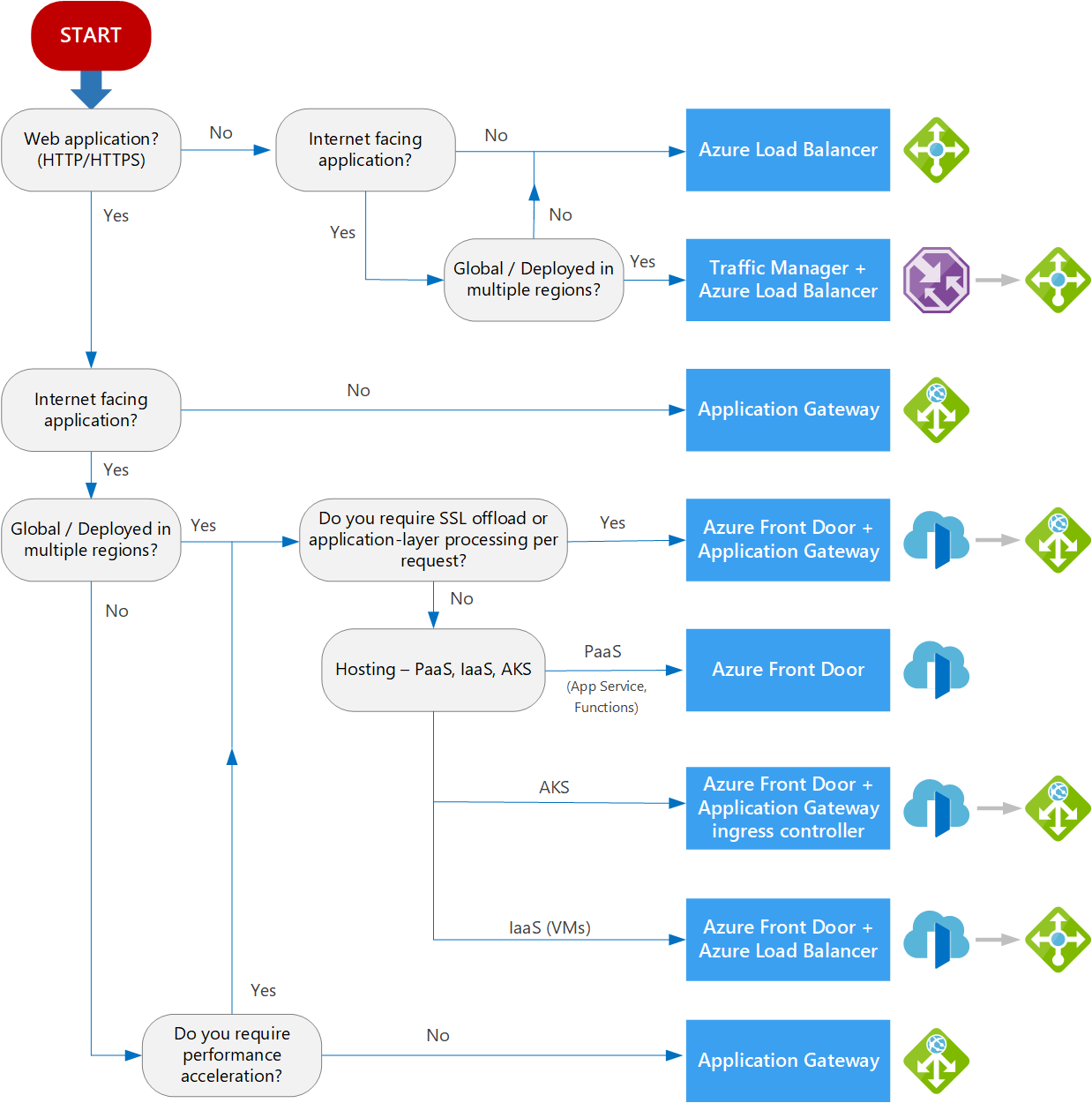In my previous blog post, we looked in detail Azure Front Door (AFD). In this blog post, let's compare Azure Front Door (AFD) with another popular Azure service named Azure Traffic Manager (ATM). Prior to AFD most of the applications made use of ATM in their architecture now with AFD being available it's good to understand in which scenarios these individual services are ideal.
Azure Front Door (AFD)
Azure Front Door Service (AFD) a scalable and secure entry point for the fast delivery of your global applications. Azure Front Door allows you to transform your global (multi-region) applications into robust, high-performance applications, APIs, and content.
Azure Traffic Manager (ATM)
Azure Traffic Manager is a DNS-based traffic load balancer for geographically distributed Datacenters. Traffic Manager uses DNS to direct traffic to endpoint based on the traffic routing method and health of the endpoints.

Similarities between AFD and ATM
Both Azure Services support
- Multi-geo redundancy - If the application goes down in one region traffic routes to the closest region without any intervention (automatic failover routing)
- Closest region routing - Traffic is automatically routed to the closest region which improves application performance.
Differences between AFD and ATM
Few differences are shown below by classifying at the feature level.
Features | Azure Front Door | Azure Traffic Manager |
TLS termination | SSL offload by AFD | No SSL offload |
Protocol | HTTP(s) | Supports any protocol like HTTP, TCP, UDP, etc. |
Network Routing | Uses Reverse proxy | Uses DNS lookup |
Cache | Caches static content | No caching available |
WAF Integration | AFD provides WAF integration | Not available |
URL Rewrite | AFD supports URL rewriting | Not available |
The below flowchart helps you to decide on choosing a load balancing service like AFD vs ATM vs others.
